Re-imagining Math: Games to Bring Math Alive
In the early years, math doesn’t just happen in the brain; it needs to be grounded in physical reality. Preschoolers touch each item as they count it, making the numbers feel real. This physical grounding can continue into the early grades as children begin to explore the concepts of addition, subtraction, multiplication, and division, as well as other math concepts (geometric shapes, patterns, graphing, fractions, etc.).
The more we can add movement, rhyme, and imagination (as well as art and stories), the more likely children will feel like they “get” it. Feeling solid in an understanding of the basics is essential to enjoying math—it’s hard to like something when you feel lost all the time. Games are a great way to help children develop the strong math foundation they’ll need later on.
Rhymes and games help solidify number sense and math facts
Number sense refers to an understanding of the way numbers work, their relationships to other numbers, and their qualities (odd/even, large/small, greater than/less than) as well as quantities. Once students gain a good number sense, they can manipulate numbers with more flexibility and ease, rather than having to think hard about each step.
Likewise, math facts are the number combinations that make it easy for us to make quick calculations. Which number pairs add up to 10? Which ones add up to 20? If I have 17 beads, how many more than 10 is that? How many more do I need to get to 20? Being able to retrieve simple math facts and number groupings automatically—knowing rather than having to calculate—is essential to managing more complex calculations in later years. Forget the flashcard drills and workbooks! Number sense can be developed in a playful way.
Playing jacks is a great way to learn number groupings (if I’m on 3s, I know I’ll have three groups of three plus one left over). Card games that require counting or a quick recognition of which cards are higher or lower than what you need help sharpen number skills and automatic recall (Blackjack, anyone?). And think about all the board games in your closet that use two or more dice, requiring players to add numbers over and over. (Yahtzee!) All these types of games allow children in the early grades to come into their number sense with ease, as a natural extension of their play.
Get moving!
Don’t forget full body movement when bringing math games into the physical realm. Jumping rope while counting by twos, fives, or tens is great fun, as is skipping, hopping, or doing any rhythmic activity. Bouncing a ball or tossing a pillow or beanbag back and forth while counting can help solidify number relationships.
For instance, if you start counting by twos, taking turns saying numbers aloud, you will be saying the two times tables while your child will be saying the four times tables: 2, 4, 6, 8, 10, 12…This also works with counting by threes (reciting the 3 and 6 times tables, alternately), fours (4 and 8 times tables), fives (5 and 10 times tables), and sixes (6 and 12 times tables). Tossing a ball or beanbag back and forth adds an element of unpredictability—smiles and laughter are pretty much guaranteed.
When you are doing physical activities while “skip counting” (counting by 2s, 3s, etc.) or saying the times tables (up through ten or twelve), keep it fun and fresh by doing it louder, softer, faster, slower. Use your imagination! Can you count by sixes up to 6 x 12 in the time it takes to crawl across the living room floor? How far can you count by threes while keeping a balloon from touching the ground?
Introduce hand-clapping games (remember “Miss Mary Mack”?) and once your child has the hang of one or two patterns, makeup number rhymes: “Three rhymes with bee, six rhymes with sticks, nine rhymes with fine…” Keep it rhythmic, and trade rhymes back and forth. There are no rules—just have fun! Rhythm has its own power and appeal; the fact that your child is memorizing the multiplication tables at the same time almost goes unnoticed.
Let the games begin
Approaching math in a relaxed way can be just as beneficial for the parent as the student. If you have your own memories of math troubles, fears, and tears, you can just let them go and join the fun. Using stories, games, rhymes, and pictures, you can launch your child into the world of numbers with a sense of confidence and adventure. One, two, three—let the games begin!
What math games do you like to play with your kids? Share your best ideas in the comments section!
DeeDee Hughes is the Director of Curriculum Development for Oak Meadow Independent Learning, where she loves creating educational experiences that have relevance and meaning for independent learners.



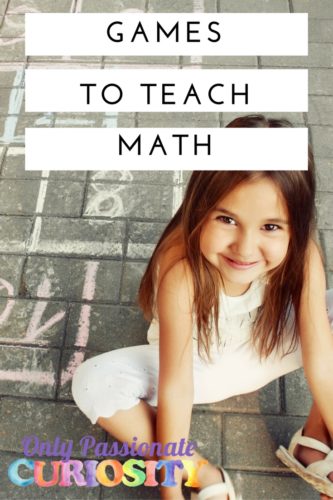
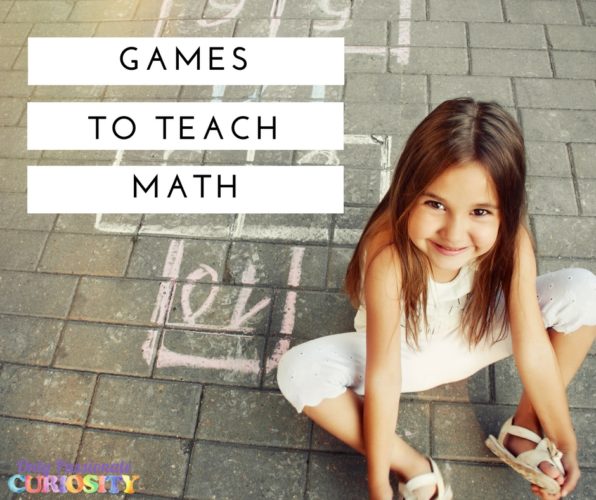
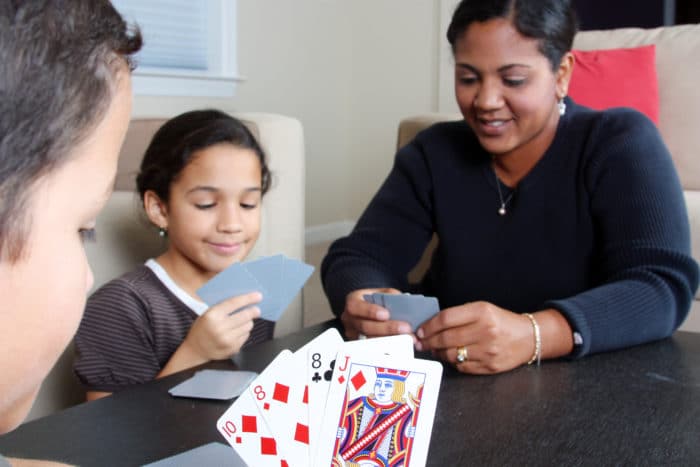
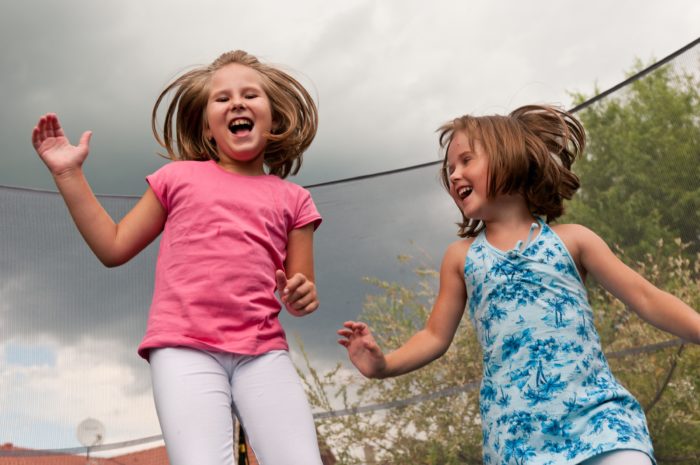

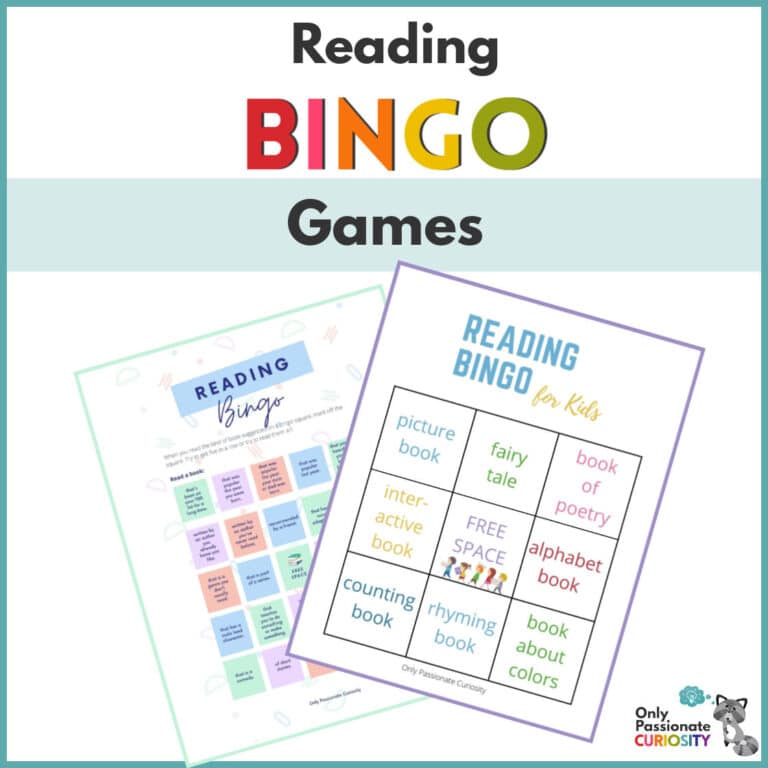
I am teaching my oldest second grade curriculum this year, as well as pre-k to my youngest two children.
I have two post high schoolers, 11th, 8th, 6th, 2nd and preschool grades as well.
My LO will be in preschool soon, but I’m trying to win this for my sister who teaches between preschool up to 6 grade! She homeschools my niece and nephews!
We’ve graduated two and have a 4-5th grader and K4 learning at home this year!
I’ve taught them all however I’m currently teaching 7th and 9th grades.
Were doing kindergarten for both kids this year and loving it!
I am teaching preschool and kindergarten
11th, 8th, 6th, 2nd and pre-k.
Can’t wait for this giveaway! We’re teaching 4-5 th grade and k4 this year!
I’m teaching grades 11,8, 6, 2 and preschool.
I am teaching pre k and 9th this year
I am teaching grade 1 this year.
Kinder and 2nd!
I’m teaching preschool and 1st grade
I love learning..
Marion
This year I will have an 11th grader, 8th grader, 6th grader, 2nd grader and preschooler.
This year we have K, 4, 4/5.
I am homeschooling an 10th grader and working with a pre-K this year.
We’ve graduated two and this year we have a 4-5 th grader and a K4 learning at home. 🙂
I have students in grades 11, 8, 6, 2 and preschool.
❤️Oak Meadow!!! Hope we win :))
Pre-K
5th and K with a toddler running around being crazy.
I have a 5 year old starting kindergarten and my twins are 3 so we’re doing preschool with them!
SPED 7th-9 th Science and Social Studies intellectually disabled
This year I am teaching 9th, 7th, 5th, K and preschool. We love Oak Meadow and this looks like such a cute and fun way to teach math. Thanks for the chance to win!
I am teaching second grade and pre-school this year.
We are teaching Preschool, Kindergarten, 2nd and 3rd.
First and second grade
Preschool, 1st, and 6th
Pre-K and 5th
I’m teaching pre-k!
I am teaching Kindegarten and fifth grade
This year I’m teaching kindergarten and pre-school.
This year I have a 4-5 th grader and a k-4!
I am teaching K and 2nd
my son loves math so I’m always looking for new and fun ways to let him keep moving forward!
im teaching a combo 1/2nd grade since he skipped a grade in some subjects
We love to play all sorts of games that help with math: Play Nine (a golf-themed card game), Uno, Yahtzee, Life, Sorry, Careers, and on and on. It’s so much fun!
I have two graduates working on college who join the homeschoolers: 15yo, 11yo, 10yo, 8yo, and the honorary student, 20mo. 😀
How fun! I’m teaching a 2nd grader and a preschooler this year 🙂 I guess we haven’t done many math games but we do like to use lego’s for math. We use them for learning fractions and using them as pegs while learning multiplication.
5th and preschool